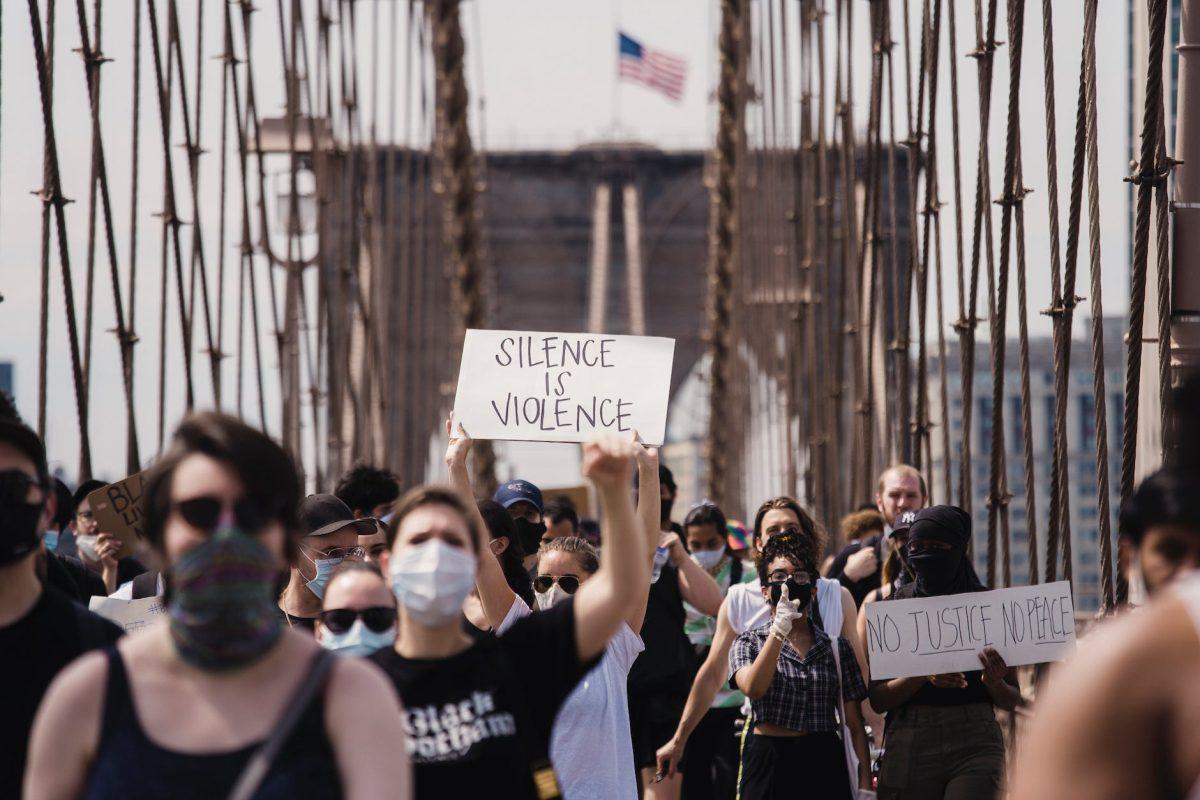How Workplace Discrimination Has Changed Over the Last Generation.

In the past few years, we’ve seen an uptick in conversations about workplace discrimination. But that’s nothing new: People have been talking about combating discrimination in the workplace for decades.
While many of the details of how and where discrimination occurs have changed over time, people have been concerned with these issues for centuries. In the early 1900s, women were being kept out of factories because it was believed they would contaminate the men working there. In the 1920s, African Americans were being systematically excluded from almost every industry and trade because of their skin color. In the 1990s, men who came to Canada as refugees faced challenges getting jobs because they were labeled a security risk after having grown up in a war-torn country.
These are just a few examples of common workplace discrimination; there are many more. But why does this keep happening? How has it evolved over time? And what can you do to combat it?
What is workplace discrimination?
Discrimination is treating someone differently due to a protected characteristic they have no control over. You might have colleagues, or even managers, who are treating you differently without realizing why.
You might have colleagues who are treating you differently because they’re not aware that it’s impacting you negatively. And you might have colleagues who are treating you differently because they’re racist, sexist, or otherwise prejudiced.
You can experience discrimination in many ways, including hiring, promotion, pay, and more. Discrimination can be intentional or unintentional. And it can come from other employees — or even customers.
How discrimination has changed over time
Discrimination is as old as civilization itself, but the type of discrimination we see today has changed dramatically over time. Below, we’ll talk about the different types of discrimination, how they’ve changed, and how they’ve stayed the same.
Racial discrimination: In the past, people were openly prejudiced against certain races and nationalities. Racial discrimination is more subtle now. It's not that someone is openly prejudiced; it's that they're prejudiced without realizing it.
Gender discrimination: Gender discrimination used to be more overt, meaning that people openly disapproved of women. It's now more subtle, meaning that people are prejudiced without knowing it. It's not about people being overtly sexist; it's about them being prejudiced without knowing it.
Age discrimination: People used to be openly biased against older workers, leading to age discrimination. Nowadays, age discrimination is more subtle, although it still exists. It’s not about people being openly ageist; rather, it’s about them being biased without realizing it.
Religion discrimination: In the past, religion discrimination occurred more often due to open religious intolerance. This meant that people would be openly biased against people of certain religions. Nowadays, religion discrimination is more subtle. It’s not about people being openly intolerant; it’s about them being biased without realizing it.
Why does workplace discrimination keep happening?
Discrimination is easy. It’s human nature to make snap judgements about people. But when we make snap judgements, we often rely on stereotypes. And when we rely on stereotypes, we can be discriminating without even realizing it.
This is particularly problematic in the workplace: When we discriminate against someone, we often end up holding them back. This can lead to feelings of resentment and frustration, and can lead to disengagement. Put simply, it’s better to be upfront and ask a person if they can do the job they applied for if you have concerns, instead of letting a stereotype hold you back.
What you can do to combat workplace discrimination
Understand discrimination exists: First and foremost, you need to understand that discrimination exists. Once you understand that discrimination exists, you can start to notice it in your daily life. This can help you identify the signs of discrimination and combat it.
Be aware of your own biases: Once you’re aware of the signs of discrimination, you can start to be aware of your own biases. This means being honest with yourself about your own prejudices. It also means taking steps to combat them.
Educate yourself: You can also do your part to combat discrimination by educating yourself about it. By learning about what discrimination looks like, you’ll be better equipped to combat it. You can do this by reading books, articles, and watching documentaries about discrimination.
Call out discrimination when you see it: Finally, you can call out discrimination whenever you see it. This could be by confronting the person who is discriminating against you, or someone else. Or you can use your voice to speak out against discrimination on social media.
Take care when conducting job interviews
The biggest way to discriminate during a job interview is to ask discriminatory questions. Avoid asking questions like “What year did you graduate from high school?” or “What religion are you?” or “How many kids do you have?”
These questions are completely irrelevant to the job. You also want to make sure you’re not discriminating based on physical appearance. You want to make sure you don’t discriminate based on a person’s race, hair color, hair length, clothes, or any other physical characteristic.
Keep the interview focused: Avoid asking questions that aren’t relevant to the job. Instead, you want to keep the interview focused on the candidate’s skills and qualifications. This will help you avoid discriminating against people.
Do your research: You should also do your research before interviewing candidates. This can help you determine if the candidate is a good fit for the job. It can also help you avoid discriminating against people.
If discrimination is a problem in your workplace contact us for help
The Right to a Discrimination-free Workplace